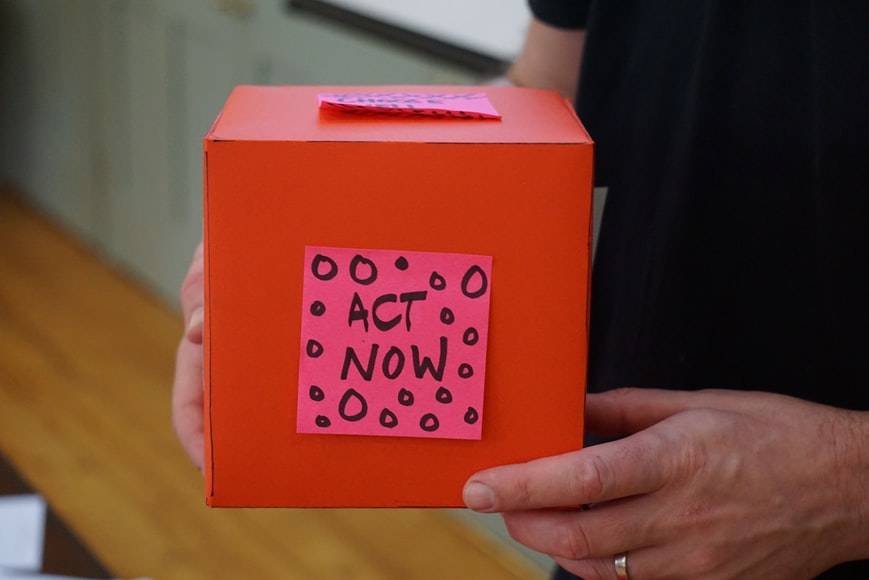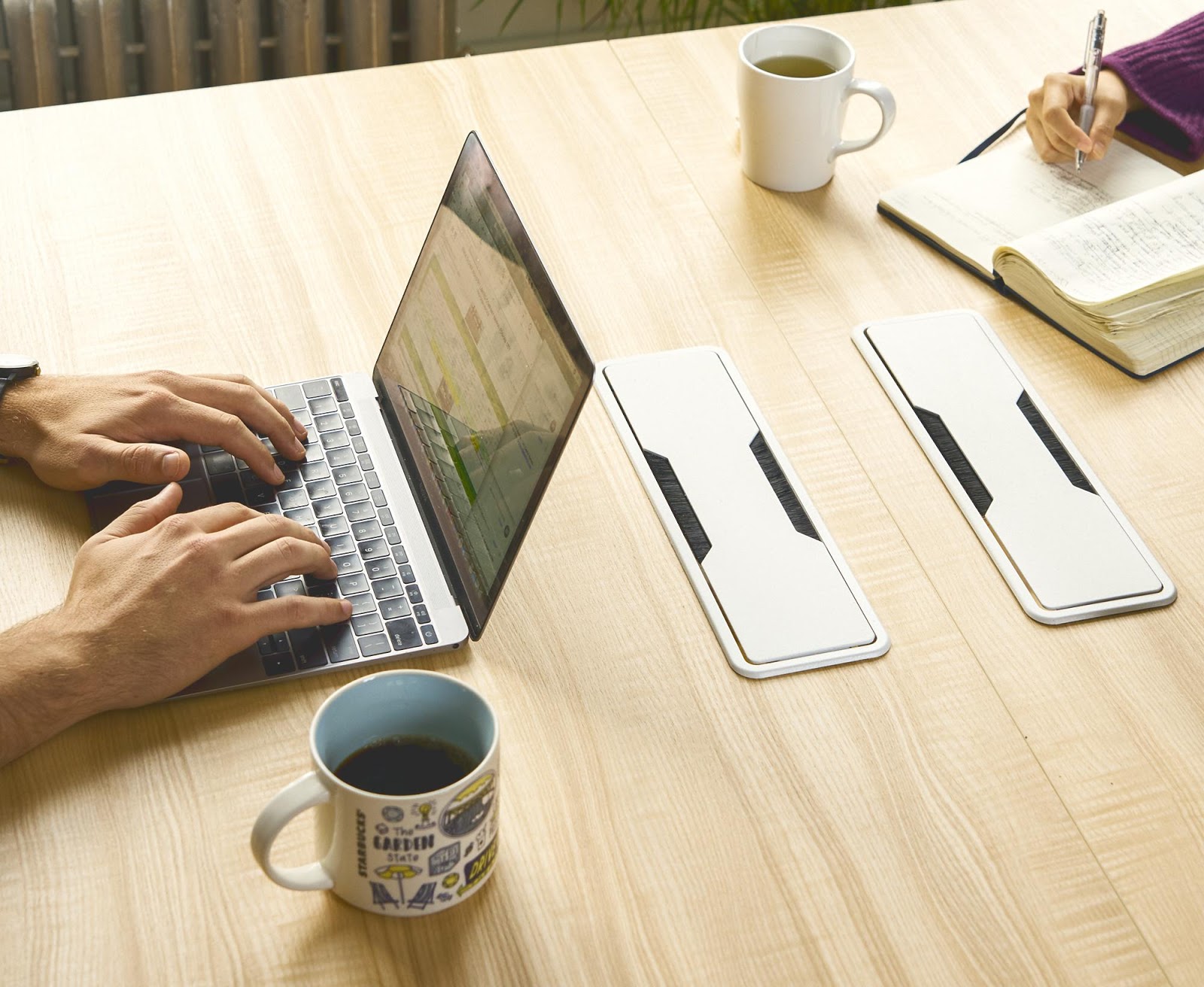Table of Contents
So, you’ve got a great idea to Create A Prototype. What do you do next? If you want your idea to come to life talk it out with trusted allies. Don’t keep it to yourself. You have more to gain than to lose. Of course, you shouldn’t buy a billboard on which to broadcast your thoughts, nor should you discuss your idea with strangers. Talk to someone who can give you independent advice. Use market research to confirm and improve your idea. It’s paramount to understand the consumer base from the very get-go. Gather information such as age, wealth, family, interest, or anything else that’s relevant. Another important thing to do is to draft a business plan. great planning makes the difference between success and failure.
Most importantly, build a prototype or Create A Prototype and it will let you know whether or not your vision is feasible. Prototyping helps you identify risks and problems, not to mention solutions. Without a prototype, you go down an unclear and expensive path. The prototype represents the virtual or real model of your invention. Put simply, it helps you imagine how it works. It’s a good starting point before engaging in development. A high-fidelity prototype lets you create a mockup that faithfully represents your vision. It’s colorful, engaging, and includes interactive elements. Get your prototype ready so that you can transform your idea into a patented, profitable product.
If You’re Looking for Reasons to Create a Prototype, Here They Are
Getting A Sense of Clarity
You have an idea and you know the direction you want to take, except that your plan is failing. Surprisingly, you go through a period of not trusting your own decisions, so you end up losing your path. All this can be avoided if you have a prototype. You don’t lose sight of your basic idea or stumble across ambitious visions for the future. The prototype provides a clear description of the future project, inspiring action. You can revisit your goals and stay consistent. You can focus your efforts on delivering a better experience and creating a unique value proposition in the market.
Marketing Through Visual Representation
If you want to convince investors to invest in your idea, you must validate your concept. According to the experts at idea4invention.com, a prototype provides an accurate idea of the dimensions and functionality of the product. In brief, it offers a glimpse of what you’re trying to do. It’s not possible to attract investors with just an idea. They need something palpable. With so many startups creating new and innovative products, investors need to visualize your idea to see if it has potential.
Better Planning Your Project and Scale Costs
A prototype is a project management tool; it provides a working model of the product even before building it. It makes you think about the level of work required in implementing your vision and estimating how much it’ll likely cost. Use this opportunity to finalize your plan and assign the best available resources (time and money) to tasks. When you start your journey, it’s easy to get carried away with ideas. When prototyping, you can reduce expenses due to inefficiencies, as you identify bugs and vulnerabilities in the nick of time. Also, you don’t have to worry about compliance requirements.
Prototype Methods for Developing an Invention Idea
Prototyping is the mother of invention. The realization of every idea or dream since the dawn of time has involved prototyping. The prototype can be anything from a written idea on a napkin to a 3D model. You might get away without a formal prototype, but it depends on the end product. As a rule, you need a functional model to test for usability and make the necessary changes. Without further ado, here’s a useful list of prototype methods that can help you maximize your testing sessions:
- Homebuilt Prototype
A homebuilt prototype is extremely rough, quick, and low-cost. It has just enough functionality for early customers to use. The prototype can be built with materials from stores and/or pieces from other products. The physical product can be made with whatever is lying around the house. The miniature is a money saver. If you need help, there are several resources you can tap into to get this done. Perhaps you’re cash-strapped, case in which you can hire a handyman.
- Early Prototype
The rough prototype is built from a simple or non-professional CAD model. Keep in mind that CAD requires professional training, so reach out to a pro in the field, like a junior CAD designer. Check the credentials of the designer, and their cost per hour. As you can imagine, the prototype won’t be useful in terms of formal product engineering or marketing.
- Rough Professional Prototype
Prototypes serve different functions. You can test the functionality of a part or its appearance and fit. Know what you want from your prototype so that you can include it in the CAD design. Thanks to 3D prototyping, you can obtain customized parts. If you appreciate functional components that are powerfully built and allow to test the design for the suitability, this is the way to go. This miniature is built from professional industrial design and mechanical engineering CAD files from the experts.
- Cosmetic Prototype
A non-functional prototype meets the non-functional requirements of the application, such as look and feel. In other words, it’s cosmetically appealing. On the outside, it looks exactly like an off-the-shelf product. Nevertheless, on the inside, it’s rough. A prototype of this kind is designed when you’re in such a rush for marketing that you can’t afford to wait a couple of months.
- Professional-Grade Final Prototype
Many people have brilliant ideas, but very few know how to move from an idea to reality. A prototype that’s professionally designed and fully functional sets your business up for success. The easiest way to make a prototype in a straightforward and hassle-free way is to let the pros handle it. Your design will be protected with full privacy. It’ll stimulate the real and future product. If you have a business dream you want to bring to life, have a viable prototype.
Before investing in patents, final engineering, and tooling for manufacturing, confirm whether or not your invention idea will work.




